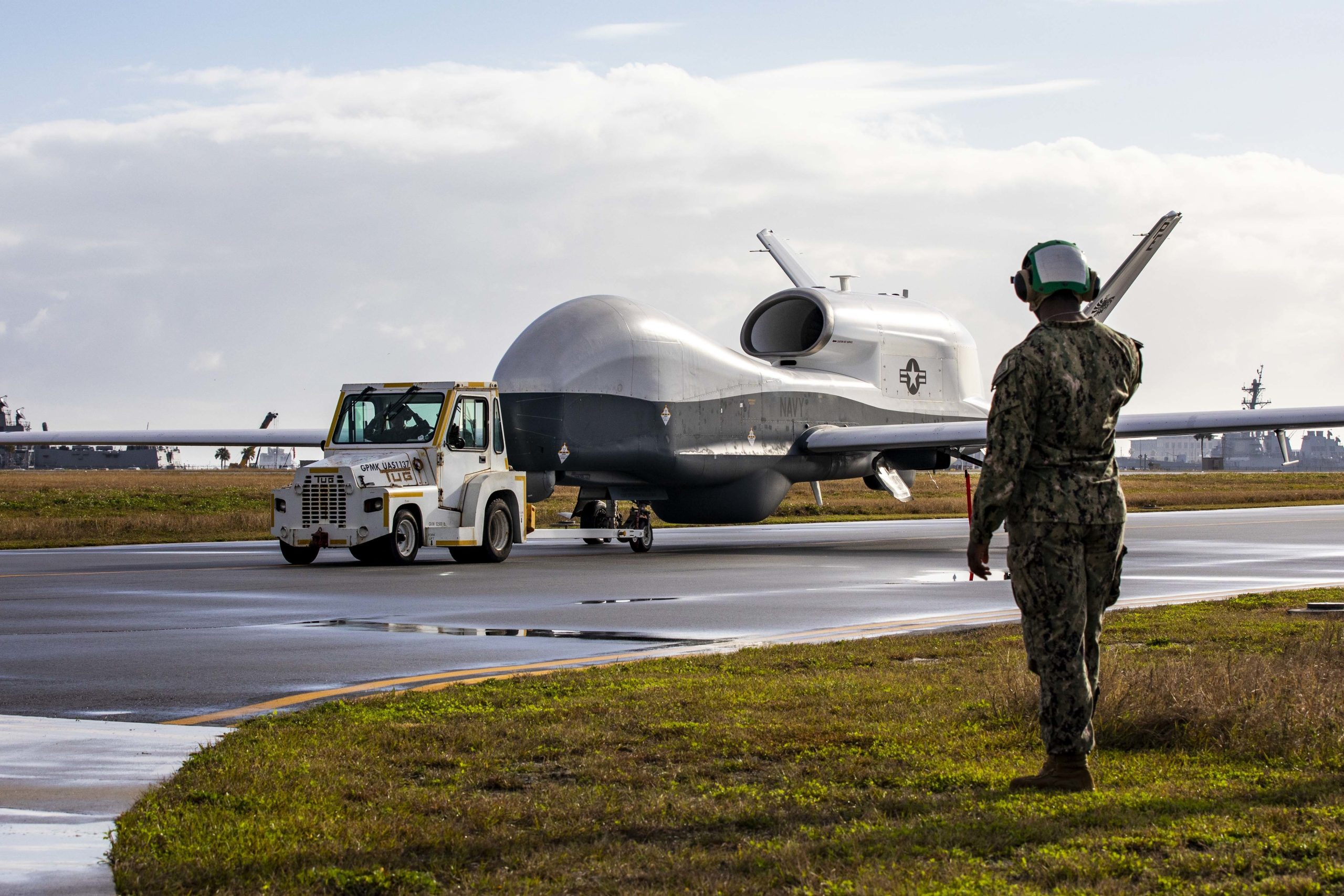The recent reorganization of the Department of the Air Force has been hailed as crucial by its leaders, with Secretary Frank Kendall highlighting the urgent need to counter China’s military advancements. However, the success of these reforms hinges on addressing chronic underfunding and force structure shortfalls. Over the past two decades, the Air Force has faced a significant budget disparity compared to the Army and Navy, impacting its ability to keep pace with evolving threats.

Why Department of the Air Force and Space Force Reforms Need Urgent Budget Attention
Air Force Calls for Fair Share as Funding Gap Threatens Modernization Against Rising China
The Department of the Air Force received $914 billion less in funding between 2002 and 2021 than did the Army and Navy ($1.3 trillion). This significant funding shortfall is equal to twice the cost of keeping the Air Force’s full nuclear triad operational. The Air Force’s ability to manage and distribute resources is impacted by the approximately $40 billion in pass-through funds included in the current budget.
The article argues for a rebalancing of the defense budget, emphasizing the increasing global demand for air power and space capabilities. The Air Force and Space Force face challenges with outdated aircraft, such as the B-52 bomber and F-15 fighter, which are not only mechanically exhausted but also struggle to meet modern mission requirements. The procurement of newer aircraft like the F-35 and B-21 is not happening at a rate sufficient to keep up with China’s advancements.
READ ALSO: Biden Imposes New International Law Requirements For U.S. Military Aid Recipients
Outdated Systems and Personnel Shortages Spark Urgent Call for Government Action
The Space Force, tasked with protecting U.S. interests in space, also faces challenges with outdated systems, particularly in the Defense Meteorological Satellite Program. The delays in replacing these aging systems are attributed to budget shortfalls. Moreover, there is a shortage of trained professionals, with a significant pilot gap and insufficient expertise in critical areas, hindering mission execution and future planning.
The article concludes by stressing the need for immediate attention from the Department of Defense and Congress to align ends with means, heeding Secretary Kendall’s warning that “we are out of time.” The success of internal reforms, driven by the Department of the Air Force, depends on adequate resourcing from higher authorities.

















































